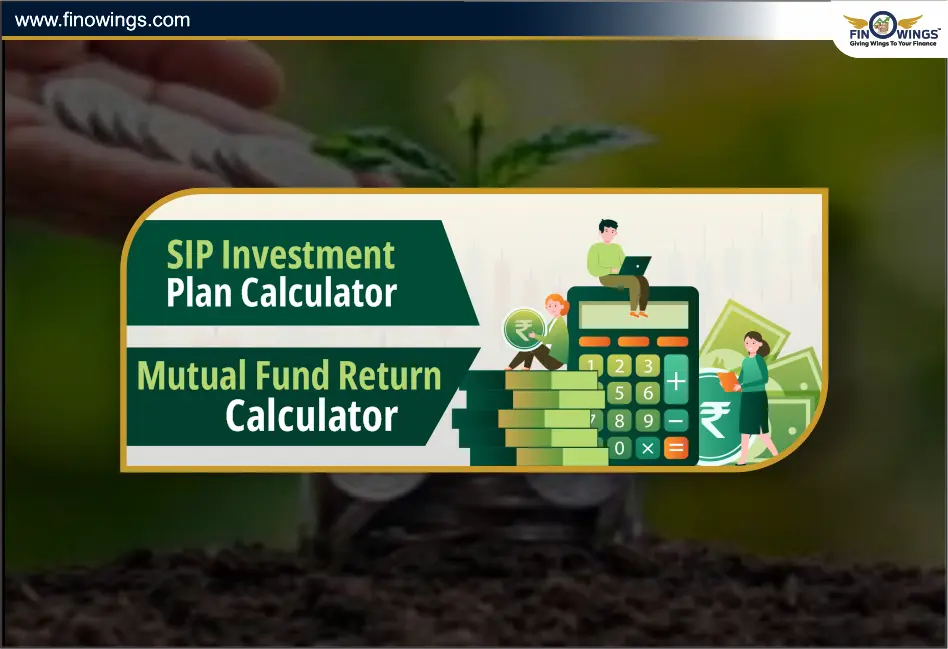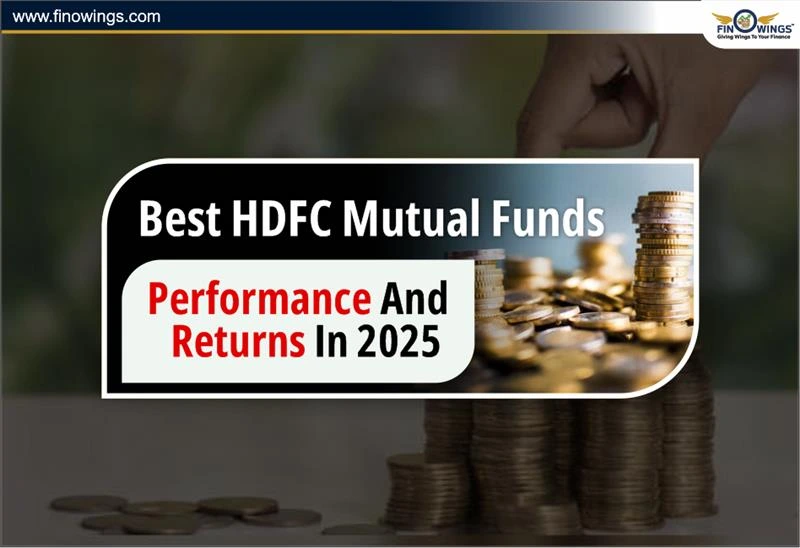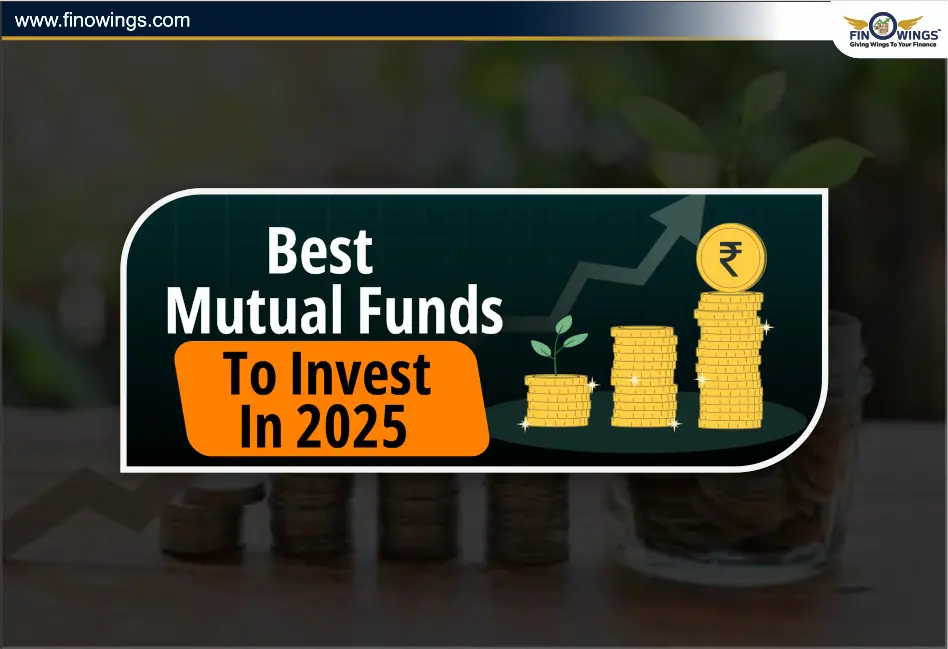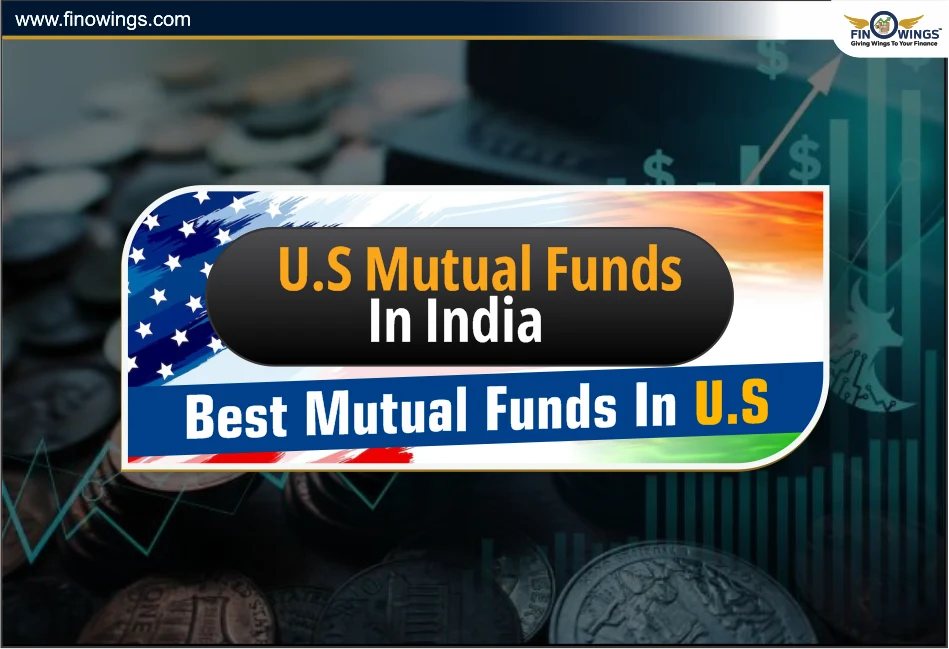Home >> Blog >> Gilt Funds- One of the most Secure Investment Funds.
Gilt Funds- One of the most Secure Investment Funds.

Table of Contents
Introduction
Government projects are not just built on taxes and salaries. Like a company, the government needs funds to build projects; these can be as simple as building a highway or as large as building metro stations. When the government needs additional funds, it reaches out to the Reserve Bank of India. The RBI provides money to the government by taking money on debt from insurance companies and banks. To pay off this loan, the RBI's responsibility is to raise funds by issuing fixed-period securities that they will distribute to public investors. The issuing of securities is conducted by the expert financial advisors of the bank who decide the securities and the interest rates. These government securities are returned on maturity, and the investors return the money they invested with profit. The security holders receive an interest payment during the securities' life and get back their capital when it matures.
This sort of fund belongs to the group of debt mutual funds that the government issues and is referred to as a "Gilt Fund." The term gilt means something covered thinly in gold. It is because the bonds the government previously issued had certificates with golden edges; therefore, these investments got their name as the gilt fund. These are mainly issued by the commonwealth countries like India, Australia, and the UK.
These highly risk-free funds, issued by central and state governments, are very much in demand by investors who ideally seek less risk and rational returns. However, these funds' value and returns are tied to their movement of interest. Therefore, when the interest rates are low for bonds, it is considered the best time to invest in a gilt fund.
The Securities and Exchange Board of India claims (SEBI) regulations, which regulate the custodians of securities, the gilt funds invest a minimum of 80% of assets of securities issued by the government.
Types of Gilt Funds
There are two main kinds of gilt funds based on their period.
The first is a short or mid-term gilt fund where investments are made for 3-5 years in typical government securities, with normal funds and returns.
The second kind is those funds with ten years of constant maturity. These funds must invest a minimum of 80% of the assets in government-initiated securities for ten years.
Gilt funds are invested in government-issued securities with different types of maturities, for example:
A long-term gilt fund is a long-term fund where investors invest in long-term/government bonds. The maturity period is more than five years and can go up even to 30 years.
Short-term monetary fund: This is a short-term fund where the investment is made in short-term government bonds or long-term bonds but with short-term maturities.
Annual interest rates in a Gilt Fund
The term "coupon" refers to the yearly interest rate paid during the gilt issue. A coupon is expressed as a percentage of the gilt's face value. The coupon is also known as the 'nominal yield.'
For example, a gilt might be called '7.62% GS 2039'. The 7.62% percentage refers to the coupon, which represents the annual interest rate and has a 2025 maturity. This amount is commonly paid in half-year installments.
Every investor's goal is to find securities that provide maximum returns and minimum risks. Therefore they look for funds from reliable sources like reputable companies which provide corporate funds and the government that provide debt funds or mainly gilt funds.
As these systems invest in state-owned securities, investors should rest assured that these are low-risk investments. But they may have high-interest rates, which also greatly influence the money market and economy interest rates.
The interest rate or the coupon is an important factor of a gilt fund. A gilt fund has a fixed interest rate, which can change if there are any downsides or upsides in the country's economy. When the government releases a new gilt fund at higher interest, it makes the cost of the previous bonds of lesser value. The coupon of previous bonds do not change, but their value changes when the government releases any new bond. As these bonds are bought and sold in the market, the demand for higher-interest bonds is more than the lower interest, affecting the existing bonds' overall value accordingly.
Risks in Gilt Funds
As mentioned before, gilt funds have the lowest risk issue in the market. Because the government releases these bonds, it is the responsibility of the government's bank, RBI, to handle the returns. It is highly unlikely that the government will default on its return to the buyers of the bonds. Therefore, there are no credit risks involved in gilt funds. Credit risk means how much risk does the company have to fail to pay returns to its shareholders and investors? The government is not an emerging company, but it has a system that works for the benefit of the public. However, there are no risks involved in paying the returns on maturing of the bonds. But there are risks involved in the value of the bonds themselves.
The gilt funds are liquid assets that can easily be exchanged in the market for the money. These bonds are bought and sold in the markets. But the value of the gilt funds highly depends on its interest rates. A bond is sold at a better value if its interest is high, whereas its value is low if its interest is low. When the government issues bonds of almost similar maturity periods but higher interest rates, this will decrease the value of the existing bonds. In contrast, when the government releases bonds of lower interest rates, the value of existing bonds of higher rates will increase their face value of liquidity.
The size of the interest payment mainly reflects relative security. In addition, many agencies provide risk ratings for government bonds. The ratings show how likely it is for the bond issuer to stop making payments on its debts.
The ratings from highest to lowest are AAA, AA, A, BBB, and so on. Bond ratings become riskier as they travel up the alphabet.
Why should we invest in gilts?
Government debt can be bought and sold similarly to stocks and shares because it can be traded in the secondary market in addition to being issued and held until maturity.
And one should keep in mind that a bond's price moves in the opposite direction to its yield. In other words, if a bond's price rises, its yield will fall and vice-versa.
The Securities Industry and Financial Markets Association claims that the bond markets are currently worth around £100 trillion worldwide.
For many investors, gilt funds are an important investment consideration due to their production of high and stable income. The funds provide a steady income and are supported by the Indian government, which promises a negligible chance of credit risks.
Although these bonds are fixed-interest securities, they can be variable and unpredictable. As in the last couple of years, during the lockdown economic crisis, the government decreased the interest rates to help the compromised economic growth. The economic growth of the country affects these bonds. Rising interest rates and inflation seriously threaten bonds because they devalue the fixed-income payments that bonds make.
Conclusion
Investors have much to gain by making steady income investments even during tough times. Of course, government-backed investments are the most trustworthy, but it's important to remember that governments frequently function poorly. Therefore, investors should look at the country's overall economic and political stability while investing in gilt funds. Although the gilt fund's interest measurement is as complex as the stock market, with the help of advisors, one can choose the most appropriate funds for themselves.
A person can buy gilts from the RBI g-secs, but buying these funds will be complex. Therefore gilts can also be bought by a stockbroker or a bank. However, this option would require some fees, so profits can be affected.
Another option for common retail investors is to invest in fixed-interest securities through investment funds and exchange-traded funds.
There is a wide range of funds to choose from, but if an investor is looking for fixed-interest securities with low credit risk, they should go for markets such as gilts.
Frequently Asked Questions
When the government needs funds, it reaches out to the Reserve Bank of India. The RBI provides money to the government by raising funds which is done by issuing fixed-period securities that they will distribute to public investors. These government securities are returned on maturity, and the investors return the money they invested with profit. The security holders receive an interest payment during the securities' life and get back their capital when it matures.
Gilt funds are open-ended mutual funds therefore gilt funds do not have a lock-in period. An investor can invest in them anytime they wish and they can also withdraw their investment anytime from their fund.
Most of the government securities are taxable but Gilt Funds are treated as capital investment. Therefore gilt funds are not liable to income tax and only capital gain tax is applicable on them. The short-term capital gains are combined with the total income of the investor and then it is taxed according to his income tax slab. Whereas indexation benefits are available on long-term capital gain (more than 3 years) and 20 per cent tax rate is applicable on gains after indexation. So the gilt funds face lesser taxes than other government bonds.
No, gilt bonds are one of the safest investments with low credit risks because they are issued by the government.














.webp)


